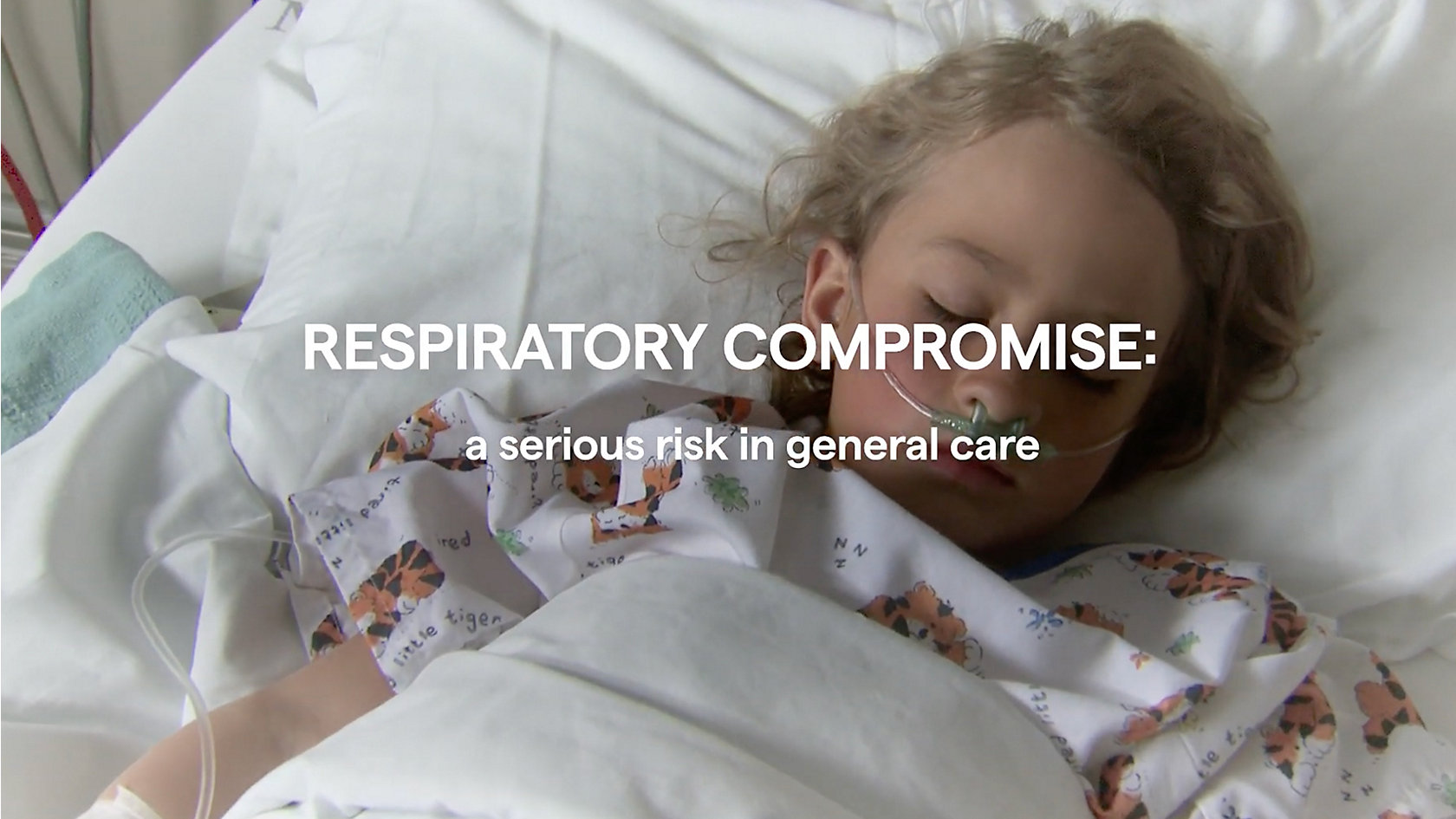Reduce Hospital Length of Stay
When it comes to hospital length of stay, shorter is better.
It’s better for patients, who want to avoid complications like respiratory infections1 and pressure injuries2 that are common during immobility. And it’s better for hospitals, where the the average length of an ICU stay is 3 days, costing up to an average of $4,186 per day.3 For every day spent in an ICU bed, the average patient spends an additional 1.5 days in a non-ICU bed.4
Proven mobility tools and protocols can help you get your patients moving earlier and often, so they can recover faster. They’ve helped hospitals like yours see:
lower overall hospital costs5
shorter hospital length of stay5
shorter ICU length of stay5
fewer ventilator days6
30%
lower overall hospital costs5
33%
shorter hospital length of stay5
36%
shorter ICU length of stay5
46%
fewer ventilator days6
Detect Patient Deterioration Earlier
Signs of deterioration can be detected as early as 6 to 8 hours before an event or arrest.7
With the right intelligence, keeping your patients on the path to recovery isn’t a question of if—but when. Continuous patient monitoring can help you spot indicators before they become emergencies. In fact, it’s been shown to help hospitals achieve:
shorter ICU stays for med/surg transfer patients8
shorter med/surg stays8
Up to 86%
reduction in code blues8
45%
shorter ICU stays for med/surg transfer patients8
9%
shorter med/surg stays8
Reduce Pressure Injuries
When you’re helping patients recover, the last thing you need is a pressure injury working against you.
The cost of treating pressure injuries can range from $2,450 to $12,648 per month.9 In fact, treating a hospital-acquired pressure injury can cost $44,000 for stage 2 injuries—and $90,000 for stage 4.10
Better, faster healing is possible with the right therapeutic surfaces. And the results speak for themselves:
pressure injuries11
faster healing13
0%
pressure injuries11
Up to 21%
less sacral pressure12
4.4x
faster healing13
Reduce Postoperative Pulmonary Complications
From pneumonia to lung collapse, pulmonary complications in critical care are serious, common—and costly.
Respiratory therapy, together with clinically proven solutions, can help reduce postoperative pulmonary complications. In fact, they’ve been shown to help hospitals achieve:
lower relative PPC rates14
less average time on ventilator14
31%
lower relative PPC rates14
64%
less average time on ventilator14
1.6 days
shorter stay in the hospital14
2 days
shorter stay in the ICU14
Maintain Patient Mobility and Prevent Falls
You can help your patients avoid falls in the ICU, med-surg and beyond while building the strength and stamina they need prior to discharge.
Falls affect patients’ physical and psychological health—causing pain, injury, immobility, loss of independence and reduced quality of life.15,16 And falls affect caregivers, too—risking injuries, interrupting workflows and impacting their mental and emotional wellbeing.
Help prevent the “never event” that happens daily to Canadian patients.17
Average additional cost of hospitalization after serious fall injury16
Annual direct healthcare costs for falls in Canada15
1.3 – 11.5
Rate of falls per 1,000 patient days15
$30k+
Average additional cost of hospitalization after serious fall injury16
~$2 billion
Annual direct healthcare costs for falls in Canada15














